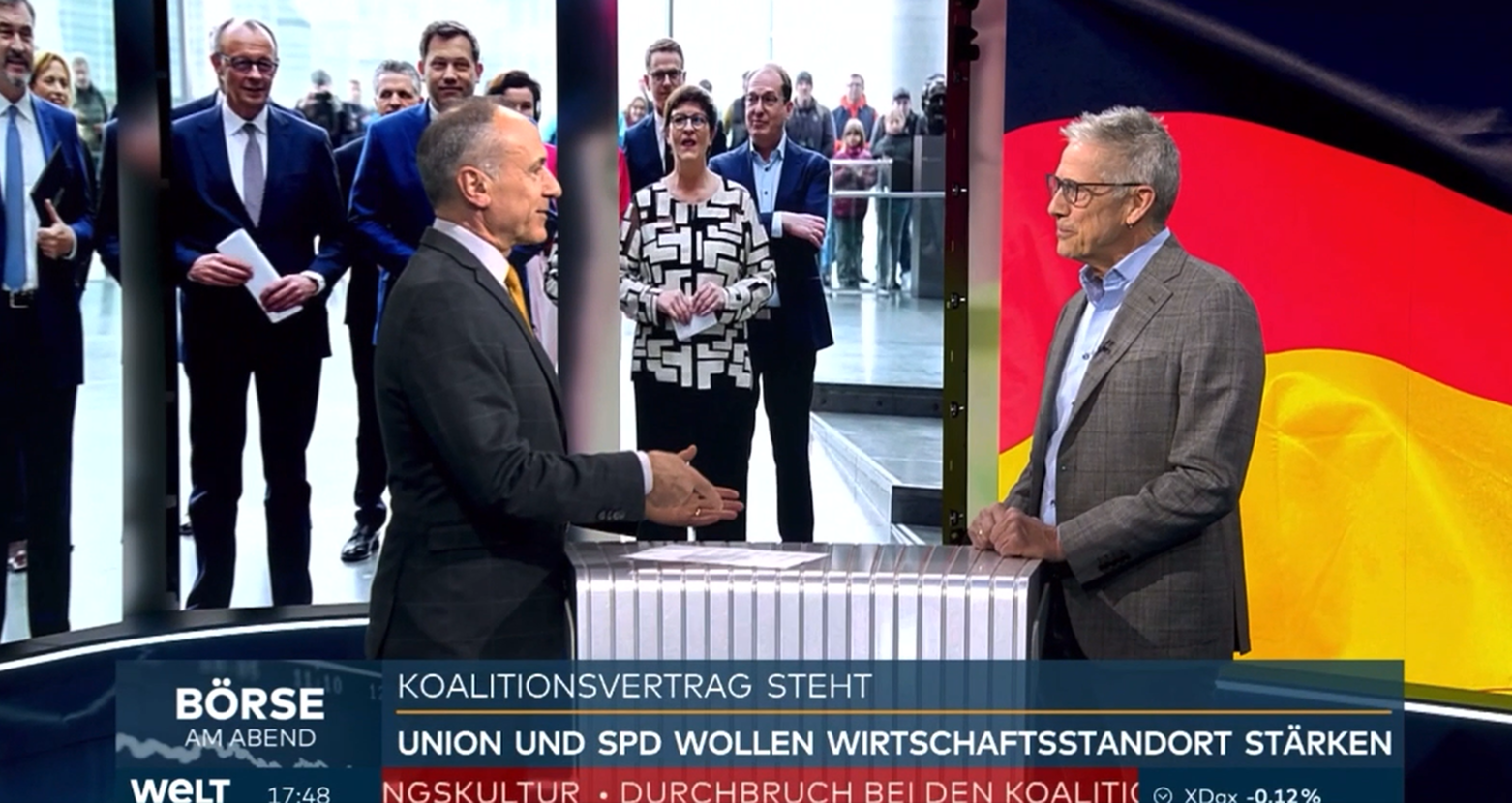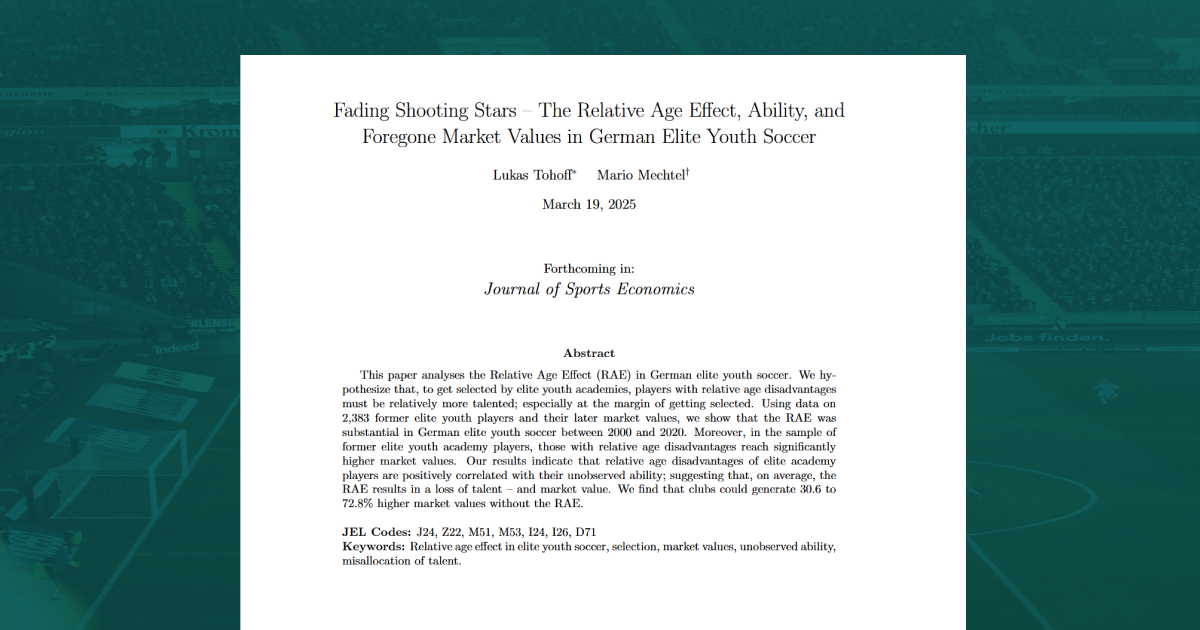A big step for the EU – a smaller setback for asylum policies?
Comment by Tommaso Frattini, Deputy Director of the Global Migration Information Hub, on the Danish outlet RÆSON.
Original article translated from Danish into English.
On October 4, the Council of Ministers in the EU reached an agreement on a set of new rules to address situations of crisis in the field of migration and asylum, the so-called Crisis Regulation. This is an important breakthrough to secure the broader reform of the EU asylum system, but the lowering of asylum standards it may trigger is concerning.
The need to establish a set of consistent rules on asylum and migration across all EU member states has become apparent over the last decade, when countries have resorted to unilateral and disorganized actions when addressing the arrival of asylum seekers. For instance, in times of high inflow of asylum seekers at external EU borders, many member states have decided to suspend the Schengen treaty and reinstate internal border controls. This is what countries like Austria, Denmark, Germany, and Slovenia are currently doing.
The text was approved with the opposition of Hungary and Poland and the abstention of Austria, the Czech Republic, and Slovakia, thus reaching the qualified majority needed for approval, after a diplomatic stand-off between Germany and Italy relative to the role of NGOs involved in search and rescue operations in the Mediterranean, which delayed the strike of the deal. The Crisis Regulation is part of a broader package of EU regulations and policies, the New Pact on Migration and Asylum, which aims to establish a common EU approach to asylum.
The approval of the Crisis Regulation by the EU Council is a significant development in the European response to the asylum problem, which for many years has been characterized by disagreements and stagnation. First, the new regulation was the last missing brick of the Pact, and its approval opens the possibility of resuming negotiations with the co-legislator European Parliament. The aim is to finalize the new legislation before the 2024 European elections, where immigration is widely expected to be a central issue for all member countries. Second, it comes at a critical time marked by heightened migratory pressure at the EU’s external borders, straining in particular Italy’s reception system. Between January 1 and October 4, 2023, more than 135 thousand migrants arrived on Italian shores, almost twice as many as over the same period in 2022 and three times as many as in 2021. The influx mirrors the levels seen in 2016, during the so-called “refugee crisis.”
Compulsory solidarity?
The new Crisis Regulation sets out rules that only apply in exceptional situations when the scale of migrants’ arrivals is such that it might unexpectedly compromise a country’s asylum system functionality or even the common European asylum system as set out by the directives on reception conditions, asylum procedures and qualifications for granting international protection, the Dublin and EURODAC Regulation and the European Union Agency for Asylum. The agreement has two main elements. On the one hand, it allows EU countries facing a crisis to request mandatory “solidarity” from other EU member states. Solidarity can take the form of relocation of asylum seekers to other member states. But EU countries unwilling to accept relocations will have to help financially or by providing infrastructure and personnel. This is an important step forward, since other solidarity schemes, based purely on relocations, have not proved effective in the past. This was notably the case of the two-year emergency relocation scheme of 120,000 refugees from Greece, and Italy, which was approved at the height of the so-called 2015 “refugee crisis” but resulted in fewer than 35 thousand persons being relocated. In this case, offering financial and operative help instead of hosting asylum seekers could help ensure the mechanism’s effectiveness. The mandatory nature of “solidarity” among member states is also among the key reasons for the opposition of Hungary and Poland, and for the abstention of other Central and Eastern European countries.
On the other hand, the Crisis Regulation would also extend the discretion of EU countries in managing asylum applications, by significantly prolonging the time for registration of asylum applications as well as increasing the time limits for the detention of asylum seekers and rejected applicants at the border. Such derogations from the standard procedure have been criticized by human rights groups who fear that they might result in widespread confinement and lower safeguards for asylum applicants who could be detained without a cause for significant amounts of time.
The Crisis Regulation’s initial text included provision for fast-tracking applicants facing extreme danger – such as war situations – in their home country, giving them “immediate protection”. Unfortunately, these provisions were omitted from the final text. This can be problematic, as research indicates that fast processing times, early access to the labor market, and proactive integration programs during the initial months and year in the host country are pivotal for refugees’ future career paths.
Over the last two decades, asylum migration in Europe has undergone significant transformations. While in the 1990s most refugees were displaced from the Balkans wars, the primary causes for current refugee movements are largely beyond the scope of European influence. Furthermore, the refugees who head towards Europe are culturally more distinct, and far larger in numbers than those in the early 1990s. As a result, European nations are by now marginal players in addressing the primary causes of the conflicts. There is no clear indication as to when the flow of refugees towards Europe will abate, and no clear timeframe for when those who have fled conflict can be resettled, if at all. EU countries have grappled with the challenges in a disjointed manner, with legislative instruments that have proven ineffective, outdated, and inconsistently applied and interpreted across countries. For instance, the acceptance rates of asylum claims by applicants from the same origin country vary significantly across EU states: between June and August 2023, the share of Afghan applicants that received refugee status or subsidiary protection was 70% in France, 98% in Switzerland, 28% in Belgium and 56% in Germany (where an additional 39% received a different form of national protection). The attempt of the New Migration Pact to introduce a set of well-defined rules that apply to all member states is timely and it is a big step ahead toard a common EU framework on migration and asylum policy It is also an opportunity to design a set of rules that keep together humanitarian obligations and policy features that facilitate the smooth socio-economic integration of refugees. This opportunity should not be missed and the attempt to build a European consensus on asylum procedures should not come at the cost of decreasing human rights safeguard and holding back the integration of refugees in the host countries.




